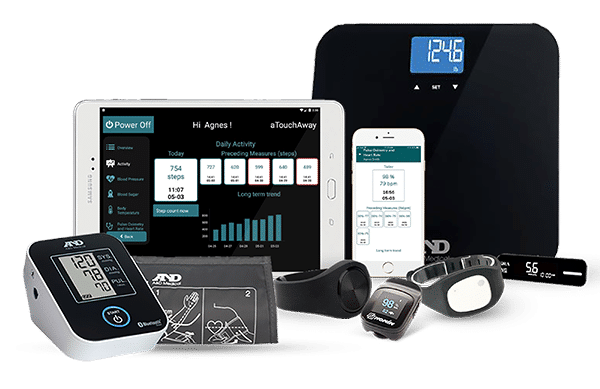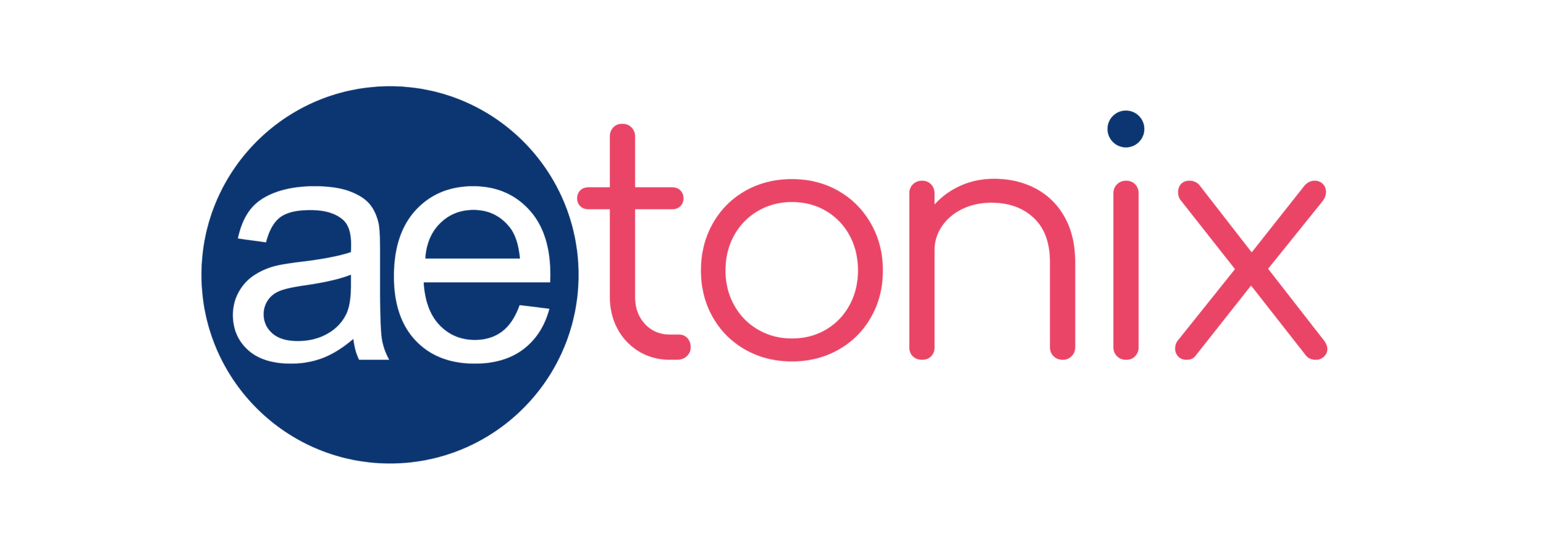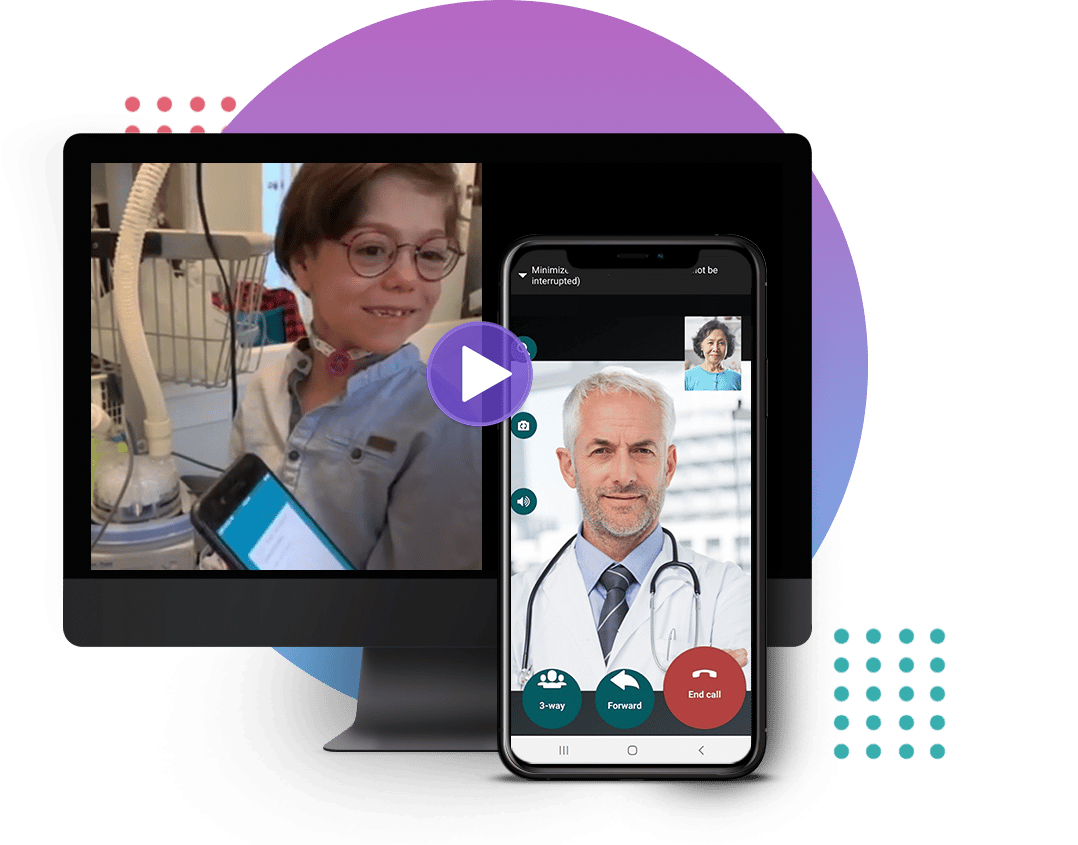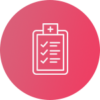
Connecting clinicians and patients through pathways of care
At Aetonix®, we recognize that the patient journey is a challenge for people at all levels of the healthcare system.
Clinician
As a clinician, I need to be able to track my patients’ recovery and care plans when they leave the hospital for home. I don’t want to see them readmitted.
Learn more >
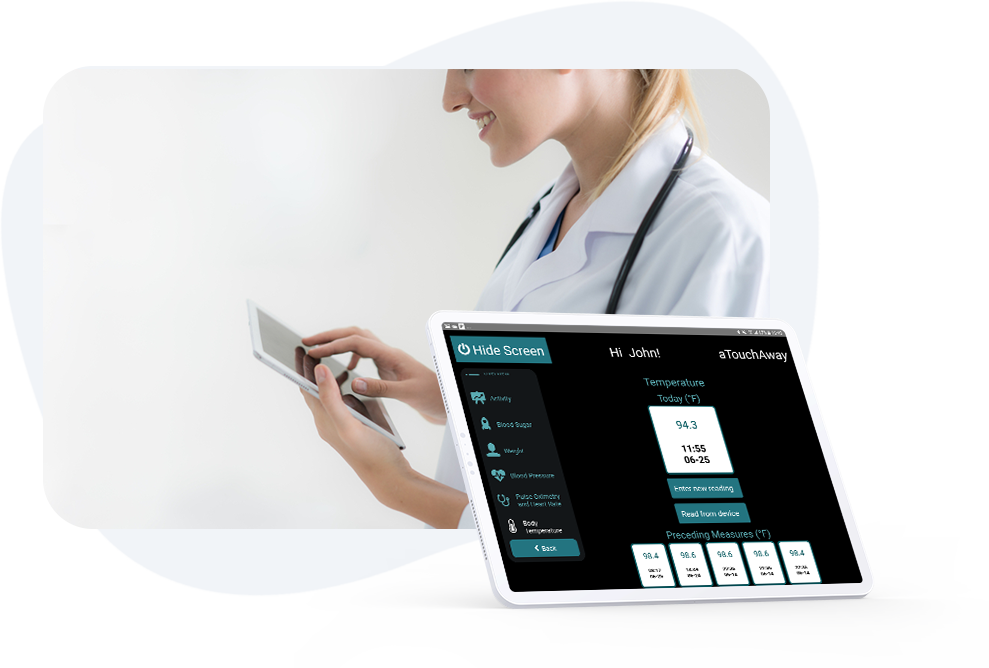
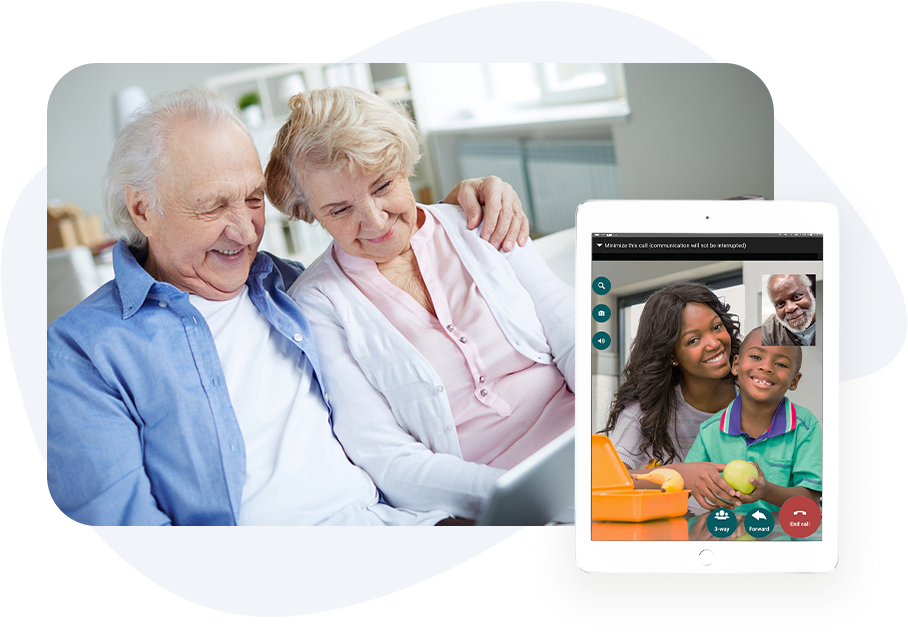
Senior
As a senior in a nursing home, I felt so isolated when I missed seeing my grandson on his birthday during the lockdown.
Learn more >
Hospital Patient
As a hospital patient, I felt alone in the ICU and alone in the recovery ward. I wanted to talk to my family and understand my journey.
Learn more >
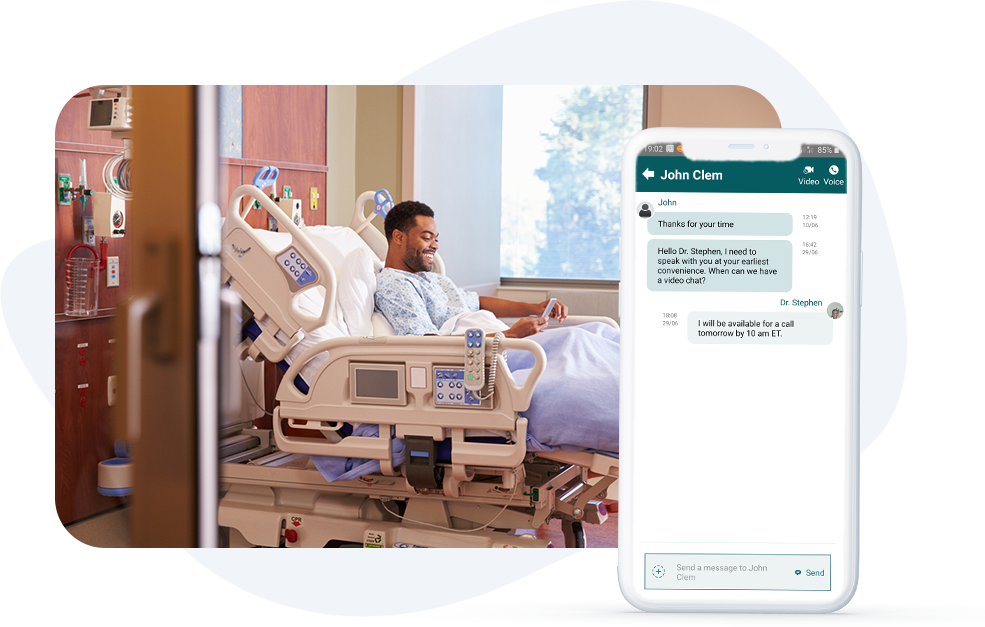
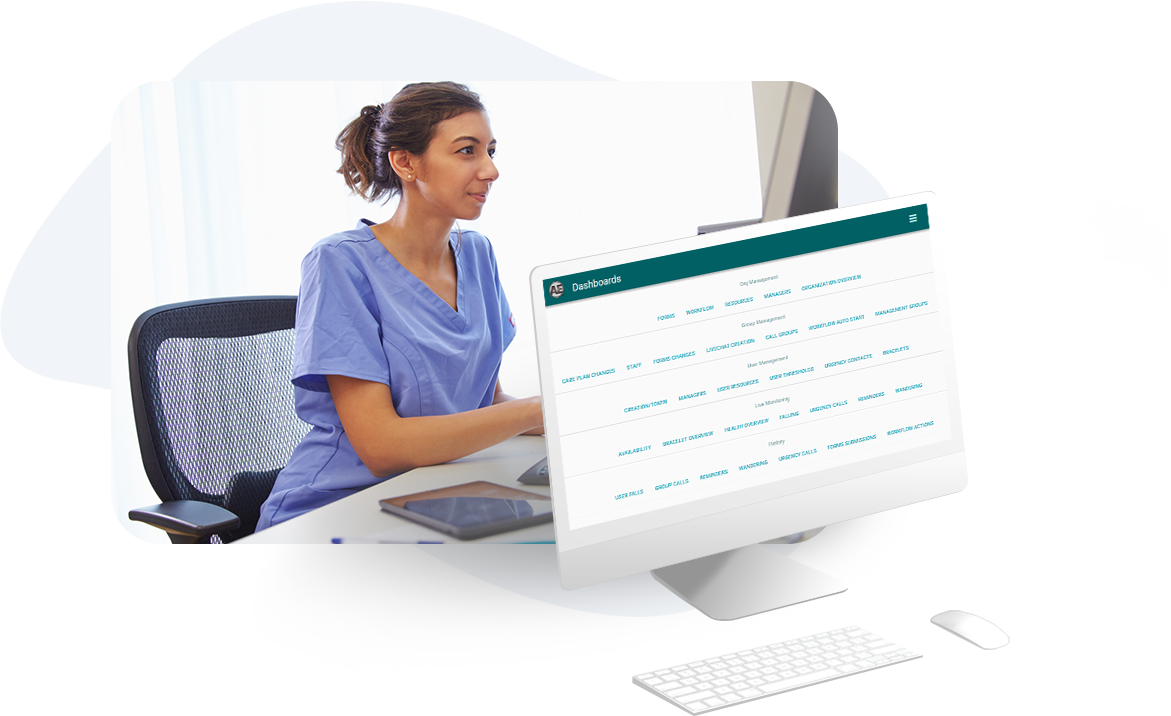
Hospital Administrator
As a hospital administrator, I need to equip my staff to reach out to underserved populations that require healthcare coordination.
Learn more >
When the cure is connection, the world turns to Aetonix®.
Used globally by over 250 hospitals and tens of thousands of patients.





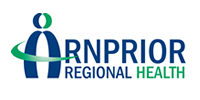
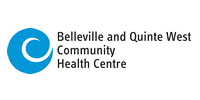



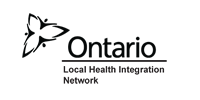
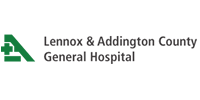

Changing lives daily.

Using the aTouchAway COPD Care Pathway, we have been able to support our patients at home with required respiratory and oxygen therapy, managing them safely and avoiding unnecessary hospital or clinic visits. ATouchAway proves to be effective in augmenting patient care while expanding team capacity and saving travel time for our organization
Miriam Turnbull
VP & GM at ProResp

It’s great…when I describe the benefits of the platform, I often say that aTouchAway wraps care around the patient at home; patients feel comfort in knowing they have remote access to their care team when they need it. And clinicians can feel confident in knowing they will be alerted when an issue arises, so they can triage when to act to provide safe and efficient care, remotely. Having a responsive and flexible customer support team through Aetonix® has also been valuable for us when working through our project implementations and connecting the entire care team involved with the patient.
Colin Catt
Virtual Care Coordinator at Quinte Health Care

The Aetonix® aTouchAway platform has helped our surgical team triage and streamline our patient care in a more efficient and quality oriented manner. This innovative program, coupled with our specialized trained staff, can help to decrease possible readmissions, decrease postoperative complications with early assessment and intervention if needed, provide point of care for patients who may reside remotely, and overall increase our patient quality of care
Advanced Practice Nurse
Cardiac Surgery University of Ottawa Heart Institute

The Aetonix® aTouchAway staff have been extremely supportive while invariably providing knowledgeable and resourceful customer service. Working together as an exceptional team to build a tailored virtual care program for our postoperative cardiac surgical population which did not exist prior to this time has been unequivocal. The Aetonix® team is always available at a moment’s notice, and accessible to help with any questions or direction
Registered Nurse
Cardiac Surgery University of Ottawa Heart Institute
Schedule a discovery call
Wondering if we are a right fit, or have any particular questions that you want answered? Let’s discuss.
